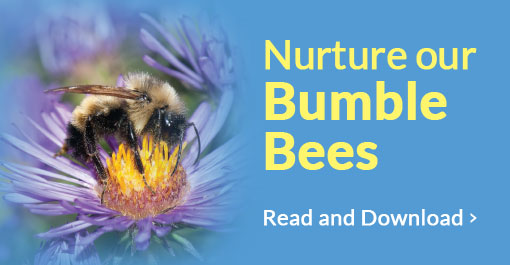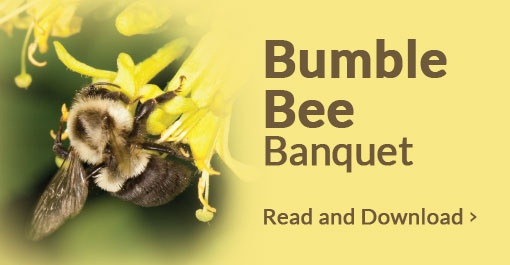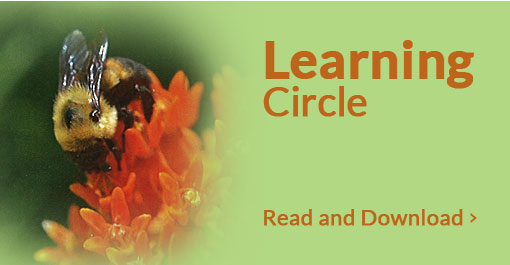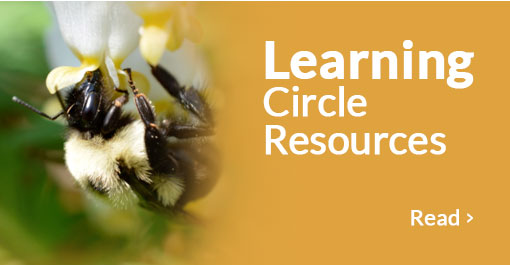Why Create a Prairie Pond?
![summer2011Nelsonpond[1]](https://nelsonfamilyfarm.org/wp-content/uploads/2015/04/summer2011Nelsonpond1.jpg)
We created a pond to enhance plant and animal diversity on our prairie. There is a 28 acre restored grassland and prairie remnant on the Nelson Family Farm in central Dakota County, MN. This land had been part of the historic prairie in Minnesota and tiny prairie remnants can be found in this otherwise intensive agricultural area.
The creation of a prairie pond was the keystone of our multi-year prairie restoration. The pond connects restored areas with the historic prairie remnants. The pond allowed us to increase diversity by introducing plants that favored wet or moist conditions- a complement to the upland, dry landscape. The water would become a “wildlife magnet” that increased the interest in visiting this landscape for both creatures and people.
Studying Wetlands and Ponds
![pond1[1]](https://nelsonfamilyfarm.org/wp-content/uploads/2015/04/pond11.jpg)
The old carpenter adage is “measure twice and cut once”. We put a lot of effort in to planning the pond: what, where, and how. We made informal notes and stuffed them in a portfolio that included research of nearby wetlands, other reconstructed ponds, input from neighbors, conservation literature, notes on materials and advice from native plant nurseries.
![pond4[1]](https://nelsonfamilyfarm.org/wp-content/uploads/2015/04/pond41.jpg) Participation in the Wild Ones and Prairie Enthusiasts groups fostered informal learning from many knowledgeable persons. Since a number of ponds that we reviewed had problems with leaking liners, we decided to not have an artificial liner. A unique feature of this plan was to line the pond with a combination of local clay and self-sealing bentonite clay. Bentonite is a natural clay that has the remarkable property to greatly expand and fill voids when in contact with water.
Participation in the Wild Ones and Prairie Enthusiasts groups fostered informal learning from many knowledgeable persons. Since a number of ponds that we reviewed had problems with leaking liners, we decided to not have an artificial liner. A unique feature of this plan was to line the pond with a combination of local clay and self-sealing bentonite clay. Bentonite is a natural clay that has the remarkable property to greatly expand and fill voids when in contact with water.
Develop a Plan
- A summary of current conditions (elevation and drainage pathways)
- A set of restoration general goals: a shallow pond with no liner that would be attractive to songbirds, amphibians and small mammals.
- A schematic with dimensions for contracting (a gentle sloping basin with a 35’x45’ floor)
- A list of material including: preferred forbs, grasses and sedges
Location
![pond9[1]](https://nelsonfamilyfarm.org/wp-content/uploads/2015/04/pond91.jpg)
We chose a location with hydric soils, and watershed that exceeded 5x the size of the pond. The location was near the lowest elevation that logically drained the upland and that seasonally had damp or saturated soil. We tried to take in to account the needs of specific wildlife for habitat and also natural sight lines for people to view the “water hole” activity.
Vegetation
![pond11[1]](https://nelsonfamilyfarm.org/wp-content/uploads/2015/04/pond111.jpg)
The plant communities were to follow the gradient of the slope. We chose plants primarily on their moisture requirements. Plants tolerating dry well drained soil were planted at the on the top of the slope and plants needing moist or wet conditions at the bottom of the slope.
All areas were open and had day long access to the sun. We needed a grassland and forb buffer to prevent sediment from entering the pond and to provide nesting habitat for upland animals. Existing vegetation (brome grass and noxious weeds) was removed by combination of non-specific (Glyphosate) herbicide and smothering with tarps.
Excavation and Sealing
![pond10[1]](https://nelsonfamilyfarm.org/wp-content/uploads/2015/04/pond101.jpg)
The contractor to dig the pond was recommended by the County Soil and Water Conservation District. (Based upon drainage experience) The timing was mid-July when the ground was relatively dry and firm. The perimeter of the pond was outlined with lath stakes and the experienced contractor made successive passes to excavate, while gently banking the sides. After the basin was formed 2 truckloads of clay were delivered (from a local Aggregate supplier) and spread with a skid loader. The final dressing was a commercial bentonite clay (Supplier CETCO, product name: Volclay )
![pond5[1]](https://nelsonfamilyfarm.org/wp-content/uploads/2015/04/pond51.jpg)
Products are shipped with a Material Data Safety Sheet that specified proper handling. The clay was purchased through an industrial supply house. The clay is granular in form and shipped in 40lb bags. The bentonite was spread, raked to level and then rototilled in by myself to create the clay barrier. The leveling of the basin floor was confirmed by filling with water. At the time of excavation, we agreed on the route of equipment to minimize damage to adjacent planting and a plan to loosen soil compacted by equipment.
Planting
I used plugs around the rim of primarily Little Bluestem (Andropogon scoparius ) and Blue Joint Grass (Calamagrostis canadensis) on the upper part of the slopes. We randomly planted Obedient Plant (Physostegia virginiana) one side of the pond and Monkey Plant (Mimulus ringens) on the other side.My plant list was well researched and the installation was planned over several seasons. It was based upon observations of nearby wetlands and recommendations of commercial native plant nurseries. The immediate priority was to stabilize bare soil on the rim and the banks surrounding the basin to prevent erosion.
![pond8[1]](https://nelsonfamilyfarm.org/wp-content/uploads/2015/04/pond81.jpg)
On year one, we chose plants that had were reliably successful and easily identifiable during hand weeding. We used an auger attachment (trade name: Garden Gopher) on a drill motor to place planting holes. We strategically placed some silt barriers where we suspected problems with sediment erosion. The six acre hillside around the slope was planted with a Truax seed drill using short/medium grass native seed mix with some forbs, primarily legumes. The mixture included some oat seed to rapidly grow and hold the soil while the slower establishing native seedlings became established.
![pond3[1]](https://nelsonfamilyfarm.org/wp-content/uploads/2015/04/pond31.jpg) Replanting, Maintenance and Monitoring
Replanting, Maintenance and Monitoring
Due to many family obligations and other priorities, planting of over 2500 plugs was spread over three years. Weeding, editing out unwanted species, and experimenting with new species were part of every growing season. The priorities the second year were to plant near or in the water, hand weed and begin more systematically to monitor wildlife visits.
The lower slopes of the pond were planted primarily with easily established sedges: bottlebrush sedge (Carex cornosa ) fox sedge (Carex vulpinoidea) and lake sedge (Carex lacustris ). After a couple years of building out a solid infrastructure of vegetation, we were free to add a large variety of plants, grasses, sedges and rushes. There are now over 30 different species. A prescribed burn was completed after year 3 as final cleansing of weeds and dead plant litter.
Summary
The pond project was an exciting multi-year effort to enhance the attractiveness of our prairie by adding water for wildlife. Planning was huge part of the project. We paid close attention to the site layout. We scouted wetlands in our neighborhood. We benefited by getting advice, materials and services from local native plant nurseries. We were able to obtain a small grant (Environmental Quality Improvement Program) through the County Soil and Water Conservation District.
The SWCD would not share cost of excavation but shared cost of the seed, plants and the prescribed burn. Although, the excavation and lining took a single day, refining our project has continued over several years. Once established we continued to add diversity with systematic although very informal experiments to add breadth and biologic richness.




![pond2[1]](https://nelsonfamilyfarm.org/wp-content/uploads/2015/04/pond21.jpg)



